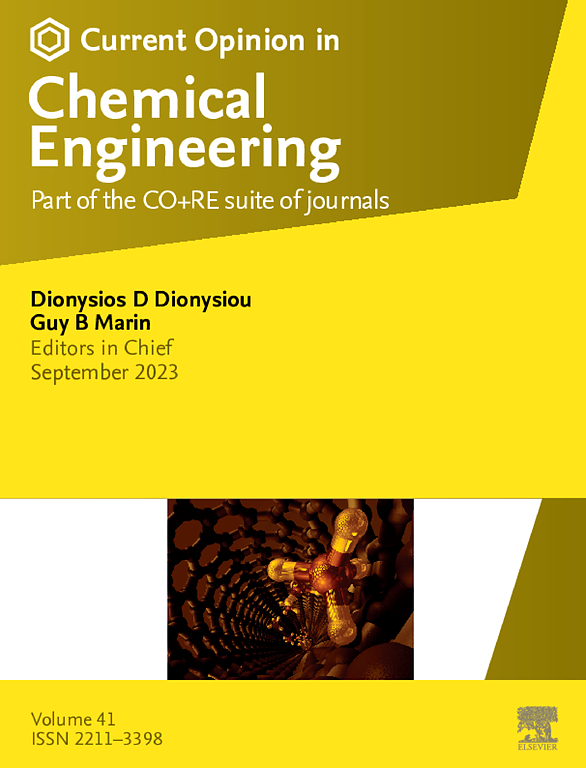Insights into the biodegradation and bioremediation of microplastics: mechanisms and analytical methods
IF 6.8
2区 工程技术
Q1 BIOTECHNOLOGY & APPLIED MICROBIOLOGY
引用次数: 0
Abstract
Microplastics (MPs) degrade through various abiotic processes (thermal, mechanical, hydrolytic, and photo-oxidative) and biotic processes involving microorganisms. This study investigates specific bacteria, fungi, and algae that contribute to MP biodegradation, focusing on species like Bacillus, Rhodococcus, and Pseudomonas, which produce enzymes such as PETase, laccases, and peroxidases to break down high- and low-density polyethylene. However, the biodegradation process varies based on environmental factors and the durability of plastics. There is an urgent need to use advanced methods to understand degradation and its byproducts. Microbial degradation holds promise for addressing MPs, but further research is needed to enhance efficiency and develop sustainable solutions.
洞察微塑料的生物降解和生物修复:机制和分析方法
微塑料(MPs)通过各种非生物过程(热、机械、水解和光氧化)和涉及微生物的生物过程降解。本研究调查了有助于MP生物降解的特定细菌、真菌和藻类,重点研究了芽孢杆菌、红球菌和假单胞菌等物种,它们能产生分解高密度和低密度聚乙烯的酶,如PETase、漆酶和过氧化物酶。然而,生物降解过程因环境因素和塑料的耐久性而异。迫切需要使用先进的方法来了解降解及其副产品。微生物降解有望解决MPs问题,但需要进一步的研究来提高效率并开发可持续的解决方案。
本文章由计算机程序翻译,如有差异,请以英文原文为准。
求助全文
约1分钟内获得全文
求助全文
来源期刊

Current Opinion in Chemical Engineering
BIOTECHNOLOGY & APPLIED MICROBIOLOGYENGINE-ENGINEERING, CHEMICAL
CiteScore
12.80
自引率
3.00%
发文量
114
期刊介绍:
Current Opinion in Chemical Engineering is devoted to bringing forth short and focused review articles written by experts on current advances in different areas of chemical engineering. Only invited review articles will be published.
The goals of each review article in Current Opinion in Chemical Engineering are:
1. To acquaint the reader/researcher with the most important recent papers in the given topic.
2. To provide the reader with the views/opinions of the expert in each topic.
The reviews are short (about 2500 words or 5-10 printed pages with figures) and serve as an invaluable source of information for researchers, teachers, professionals and students. The reviews also aim to stimulate exchange of ideas among experts.
Themed sections:
Each review will focus on particular aspects of one of the following themed sections of chemical engineering:
1. Nanotechnology
2. Energy and environmental engineering
3. Biotechnology and bioprocess engineering
4. Biological engineering (covering tissue engineering, regenerative medicine, drug delivery)
5. Separation engineering (covering membrane technologies, adsorbents, desalination, distillation etc.)
6. Materials engineering (covering biomaterials, inorganic especially ceramic materials, nanostructured materials).
7. Process systems engineering
8. Reaction engineering and catalysis.
 求助内容:
求助内容: 应助结果提醒方式:
应助结果提醒方式:


